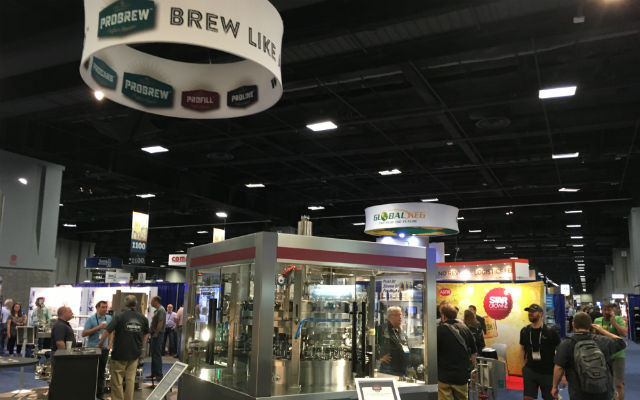
When it comes to the BrewExpo America trade show floor during the 2017 Craft Brewers Conference, Tuesday is a window shopping day.
Come the second and third days of the event, that’s when deals are done.
“The guys that I meet are super technical,” said ProBrew‘s Derek Deubel, “because they have learned from trial and error and when it comes to CBC, they know what they want in technology and are surprised that we can deliver on that for them.”
A show like this is a way to not just work with new customers, but to help strengthen relationships made over the phone or via email said DrinkTanks‘ Nick Hill, which launched a new line of cups that can mimic its growlers which have been on the market for four years.
“[Our reps] can make connections with many people that they may have talked to over the year but they have never met face to face,” Hill said. “That’s cool to see the camaraderie between the clients and our reps. This shows carries the whole year to be able to show someone our features and functions, It’s the first point of contact that can carry for months later.”
Brewer Magazine walked the BrewExpo floor and looked to see what brewers from across the country got to take a glimpse at last week as well.
For ProBrew, that meant showcasing its Profill Can 200 and ProCarb Mini.
The Profill Can 200 is a 20-value can fill with a 4-head seaming system. It comes with CO2 purge and a CO2 pre-purge of 30 parts per billion or less.
“It’s a great machine for those making a step up in the can speed market,” Deubel said, “from the 40-50 a minute into the 100-200 or so.”
The ProCarb Mini emulates what is going on in a brite tank, but does it instantly.
“It can meter the beer flow and CO2 flow and rationing them correctly and all the beer from the fermentor or filtration is seeing that stone and seeing that carbonation at the right ratio and dissolved on the fly,” Deubel said.
The innovation for some companies come right from their own brewery, said SS Brewtech‘s Jake Kucera. A need to find a better way to kettle sour for Refuge Brewing in Temecula, California led to the creation of a new souring kettle on show at the CBC for sale. Having a separate souring kettle is vital for three reasons Kucera pointed out: it eliminates tying up a main brew kettle, it’s better sealed for a CO2 blanket and is has an electric heating element to help get a quick sanitation boil and a switch to pasteurize the product.
“There has been lots of interest in even larger versions, as big as 60-80-barrel steam powered versions,” Kucera said, so it’s getting popular since [sours are] an emerging style.”
Some brewers were able to check out a mash filtration brewhouse as Aegir showcased this Belgian style of brewing at Washington D.C.’s Hellbender Brewing during an off site showcase.
“A good number that come talk to us want to see it,” said Lee Plutshack of Aegir, which works with Belgium’s Meura. “You can talk on the phone, but it’s not the same as face to face. It’s very important to be in a city where one of our breweries are here to show what can be done. They can see the dry spent grains and how quickly the system can work and operate.”
The accordion-looking mash filter dropped loads of nearly dry spent grain when finished as brewers passed chunks back and forth, even tasting it.
“What craft brewers can get from this [brewhouse] is what they can’t get in a lauter tun is a wide range of grains to use,” Plutshack said, noting beers can be made with 100 percent wheat, or have high rye or buckwheat or unmalted grains.
“It gives them much great flexibility and creativity in flavors and aromas they can get,” he said.
Also at the CBC, two longtime Canadians companies made its first appearance at the CBC as a joint venture as DME Brewing Solutions and Newlands Systems showed off its wares.
The strategic partnership between these two complementary businesses has allowed both entities to fortify their position in the craft brewing equipment manufacturing industry said CEO Peter Toombs.
“We have been in the industry for 25 years, we are iconic brands and we see the industry transitioning out of North America to international,” he said. “We are both over capacity now, but we see changes coming with innovation and more demands to do things for our clients on a wider scale in different parts of the world. Having scale and flexibility and wide range of sources at our disposal makes us a better fit on a project typically.”
Toombs noted the merge isn’t to dilute or change either one of the brands, but take resources and capabilities from both houses.
“I like to align it to be something akin to the VW Group where they have a variety of groups that have healthy competition for the consumer but at the same time enjoy really good innovation and cross train the resources behind the scene,” he said.
A veteran of the industry, Toombs said that a mature client can come in and they are very deliberate and have a set of wants and needs.
“But this industry continues to unlock new projects on a daily basis,” he said. “Not just in the U.S. and Canada, and that customer set is not much different than the customers we started with 25 years ago. They are coming in with a bit more education, but they still don’t have a clear sense of what they should have, need to have and want to have.
“With our group we will evaluate their wants and needs and make suggestions and we have a plethora of options for them. We like to think that makes us a compelling proposition to them.”


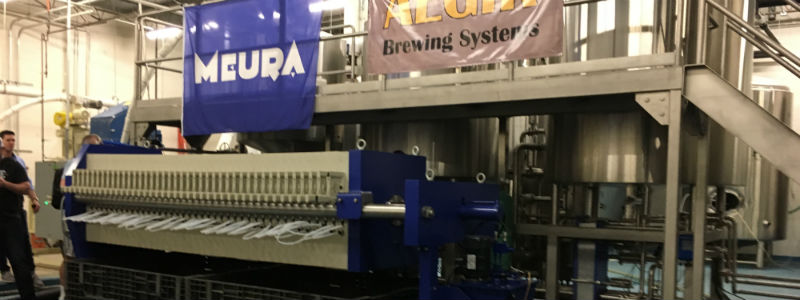
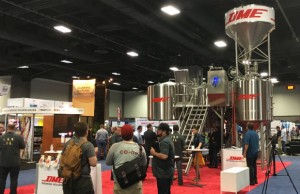

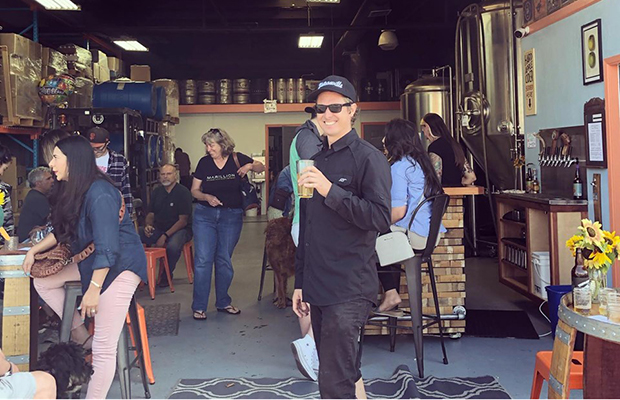
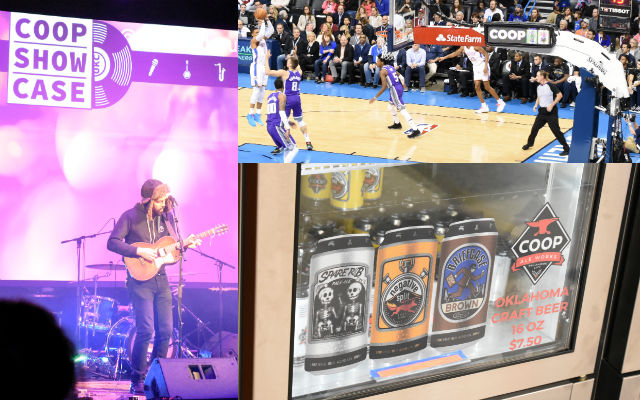
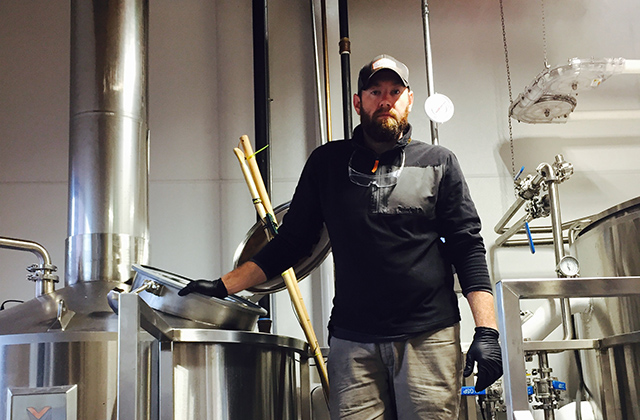
1 Trackback / Pingback